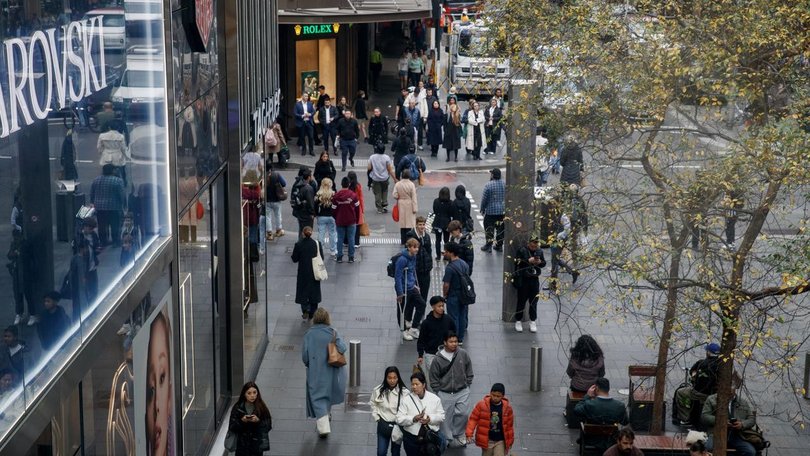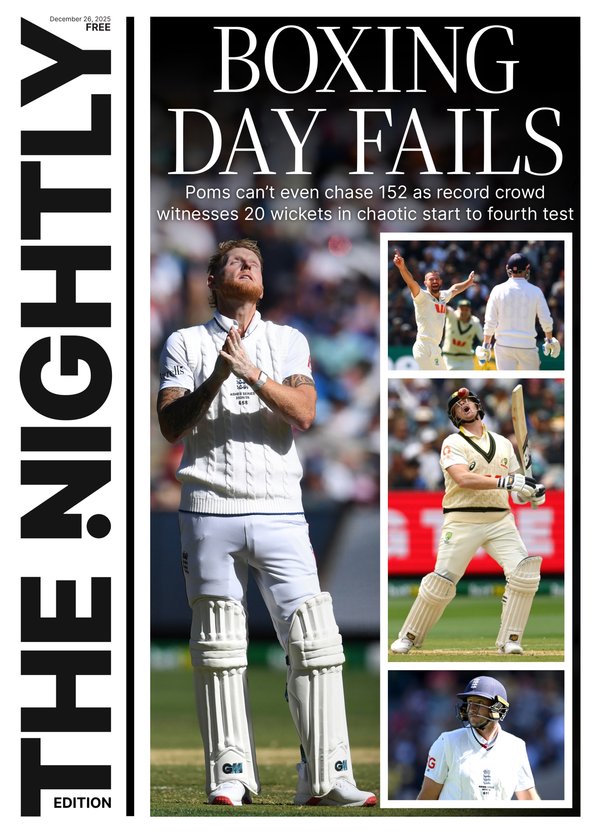Inflation data: Consumer price index climbs to 3 per cent

Home borrowers are set for a shock next week, as surging inflation is likely to stop the RBA from slashing interest rates.
The benchmark consumer price index rose 3 per cent over the year, placing inflation at the top of the Reserve Bank of Australia’s 2 to 3 per cent target.
While the central bank prefers less-volatile quarterly inflation figures, last month’s surge in prices makes a rate cut at a Reserve Bank monetary policy board meeting on Tuesday even less likely, economists said.
Sign up to The Nightly's newsletters.
Get the first look at the digital newspaper, curated daily stories and breaking headlines delivered to your inbox.
By continuing you agree to our Terms and Privacy Policy.Lowering inflation is the Reserve Bank’s top priority, which is why the increase from 2.8 per cent in July has added to expectations official interest rates will not be cut before a board meeting on Melbourne Cup Day in the first week of November.
AMP chief economist Shane Oliver said a September 30 rate cut was unlikely and the economic data pointed to one in November. Other economists questioned if that was even likely.
“The key takeaway from today’s data is that a November cut is not a done deal,” said Belinda Allen, the Commonwealth Bank’s head of Australian economics.
Rent, cigs up
Average power prices were driven up 24.6 per cent by the end Western Australia’s $400 annual electricity subsidies and Queensland’s $1000 rebates.
Prices in other areas continue to increase despite an official interest rate of 3.6 per cent that is close to 13-year highs without recent relief.
Tobacco prices rose 12.6 per cent, and will get more expensive following the excise tax increase on September 1.
Rent rose 3.7 per cent, a sign of shortages in the housing market. The Federal Government argued rents would have gone up by 4.8 per cent without Commonwealth Rent Assistance.
Education costs rose 5.5 per cent. Insurance and financial services expenses went up by 3 per cent. Food and non-alcoholic beverages rose by 3 per cent.
The prices of other goods barely budged. Fruit and vegetable prices rose 1.1 per cent over the year while automotive fuel fell 1.7 per cent. Motorists typically paid less than $1.76 a litre for basic E10 unleaded.
‘Promising result’
Treasurer Jim Chalmers said underlying inflation, the Reserve Bank’s preferred measure, was within the Reserve Bank’s target range for the ninth month in a row.
“That’s a promising result in uncertain times,” he said. “This outcome was within the range the market expected.”
With volatile price items excluded, underlying or trimmed mean inflation was at 2.6 per cent, and above the mid-point of the RBA’s 2 to 3 per cent target. The core number in July was 2.7 per cent.
“Even with the monthly data, you can see that core inflation has gone down,” KPMG Australia Chief Economist Brendan Rynne said. “So, you’ve got to look at core which is what the RBA does anyway. It’s having a more important impact.”

